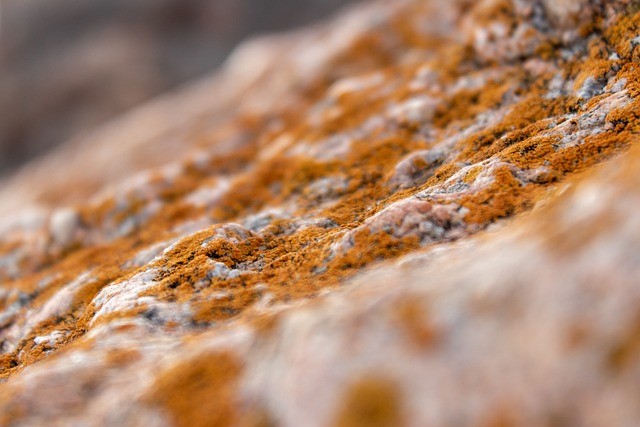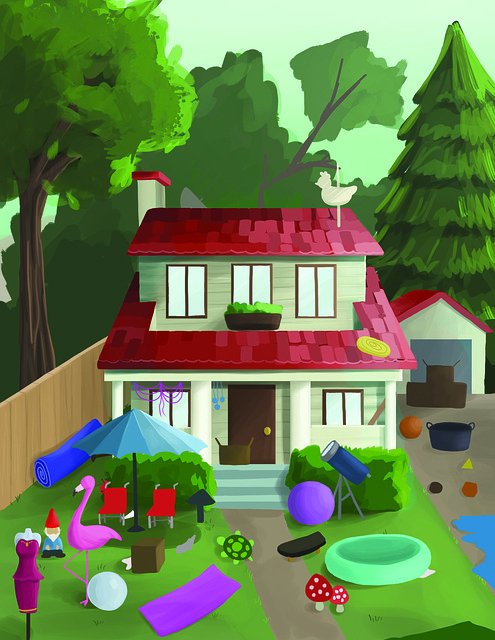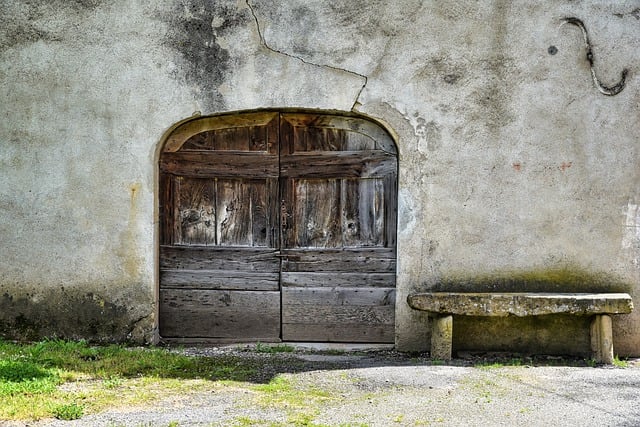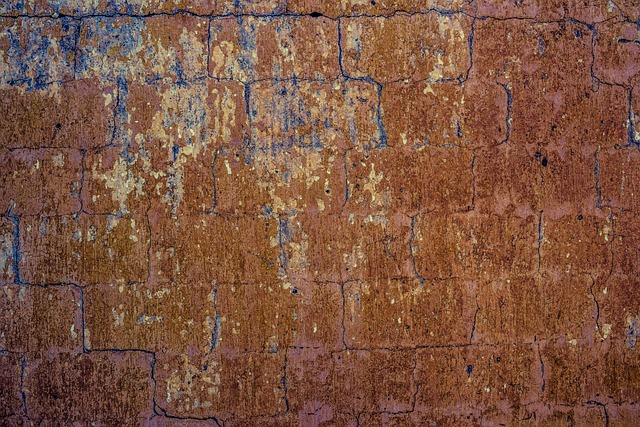In the Pacific Northwest, high humidity and mild temperatures create an ideal environment for mold growth, primarily in bathrooms, kitchens, and basements. Mold thrives due to moisture from leaks or condensation, poor ventilation, and energy-efficient insulation trapping stagnant air. Understanding these factors is crucial for proactive mold prevention, involving regular cleaning, improved ventilation, proper insulation, and maintaining indoor humidity below 50%. Promptly addressing water damage and inspecting potential problem areas are vital strategies to prevent mold growth indoors.
In the Pacific Northwest, homes often become breeding grounds for mold due to high humidity and frequent rainfall. Understanding why mold thrives in these conditions is crucial for homeowners. This article delves into the common areas where mold forms indoors—from kitchens and bathrooms to attics and crawl spaces. Additionally, it offers prevention strategies to combat indoor mold growth, providing practical insights to create a healthier living environment. Explore why mold forms indoors and learn effective methods to keep it at bay.
- Understanding Why Mold Thrives in Pacific Northwest Houses
- Common Areas Where Mold Often Forms Indoors
- Prevention Strategies to Combat Indoor Mold Growth
Understanding Why Mold Thrives in Pacific Northwest Houses

In the Pacific Northwest, houses often provide an ideal environment for mold growth due to high humidity levels and year-round mild temperatures. This region’s unique climate creates conditions that encourage mold spores to proliferate. Understanding why mold forms indoors is crucial for homeowners here. Moisture is a primary factor; leaks from roofs, pipes, or even high condensation in windows can create pockets of dampness, perfect for mold colonization. Poor ventilation further exacerbates the issue by trapping humidity inside.
Additionally, many Pacific Northwest homes are built with insulation and sealing techniques that, while energy-efficient, can trap moisture indoors. When combined with lack of circulation, this leads to stagnant air, which in turn fosters mold growth. Recognizing these factors is essential for proactive mold prevention and ensuring a healthy living environment.
Common Areas Where Mold Often Forms Indoors

Mold thrives in damp and dark environments, which is why it often manifests in specific areas within homes, especially in the Pacific Northwest where humidity levels tend to be higher. Common hotspots include bathrooms, kitchens, and basements—areas with high moisture content and limited natural light. Why mold forms indoors is multifaceted; it can be due to leaks from pipes or roofs, poor ventilation, or even everyday activities like showering or cooking that introduce excess moisture into the air. These spaces provide the perfect conditions for mold spores to grow and proliferate, leading to health issues for residents if left unchecked.
Prevention Strategies to Combat Indoor Mold Growth

Preventing indoor mold growth is crucial for maintaining a healthy living environment, especially in regions with high humidity like the Pacific Northwest. Understanding why mold forms indoors is the first step toward effective prevention. Moisture is a primary catalyst; leaks from roofs, pipes, or even high humidity levels can create ideal conditions for mold to thrive. Regular and thorough cleaning, particularly in areas prone to water intrusion, can significantly deter mold growth.
Additional strategies include improving ventilation by using exhaust fans in kitchens and bathrooms, ensuring proper insulation to reduce temperature fluctuations, and maintaining low indoor humidity levels ideally below 50%. Addressing any water damage promptly and effectively is vital. Sealing entry points for moisture and regularly inspecting potential problem areas can also help prevent mold from taking root and growing unseen within your home.
